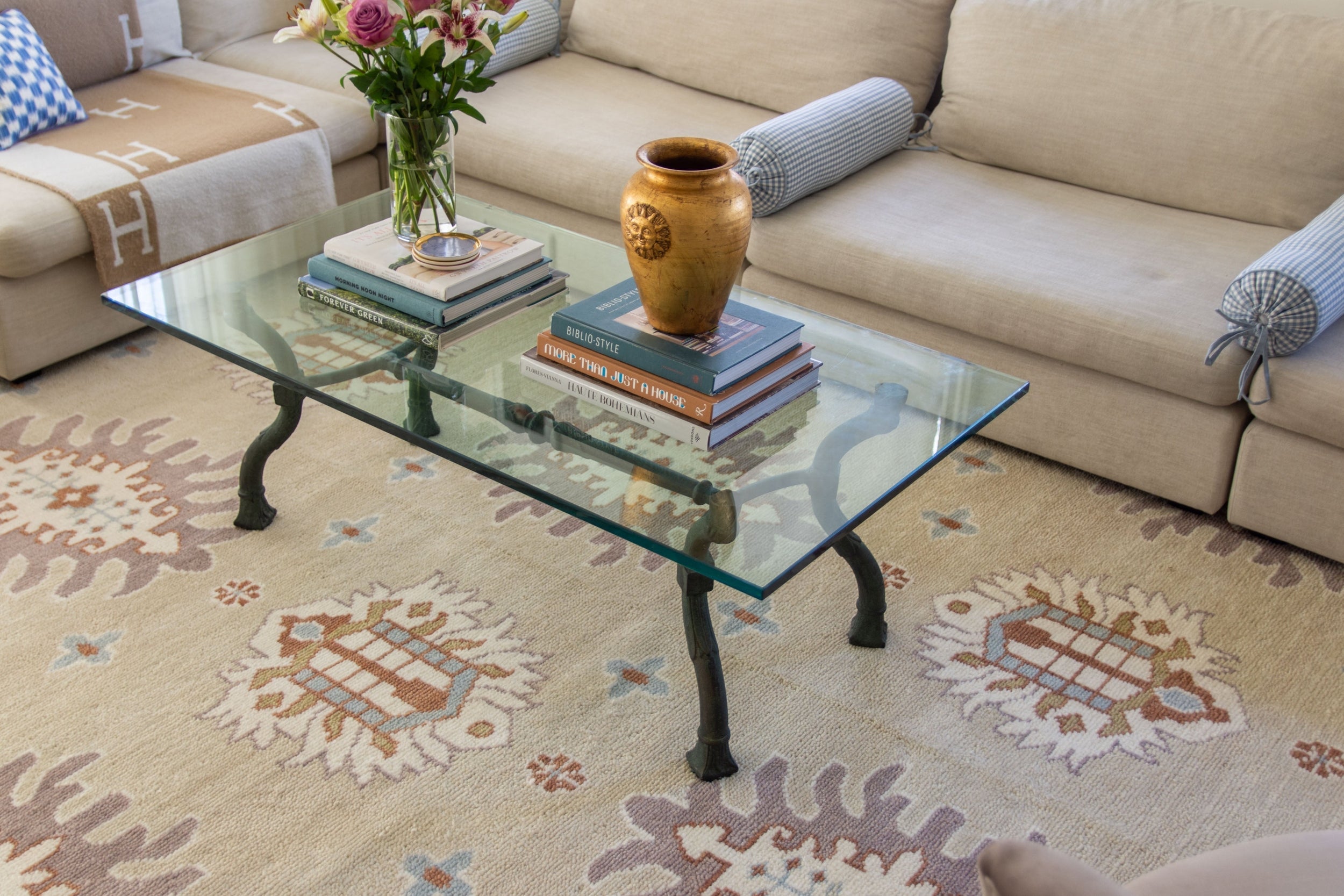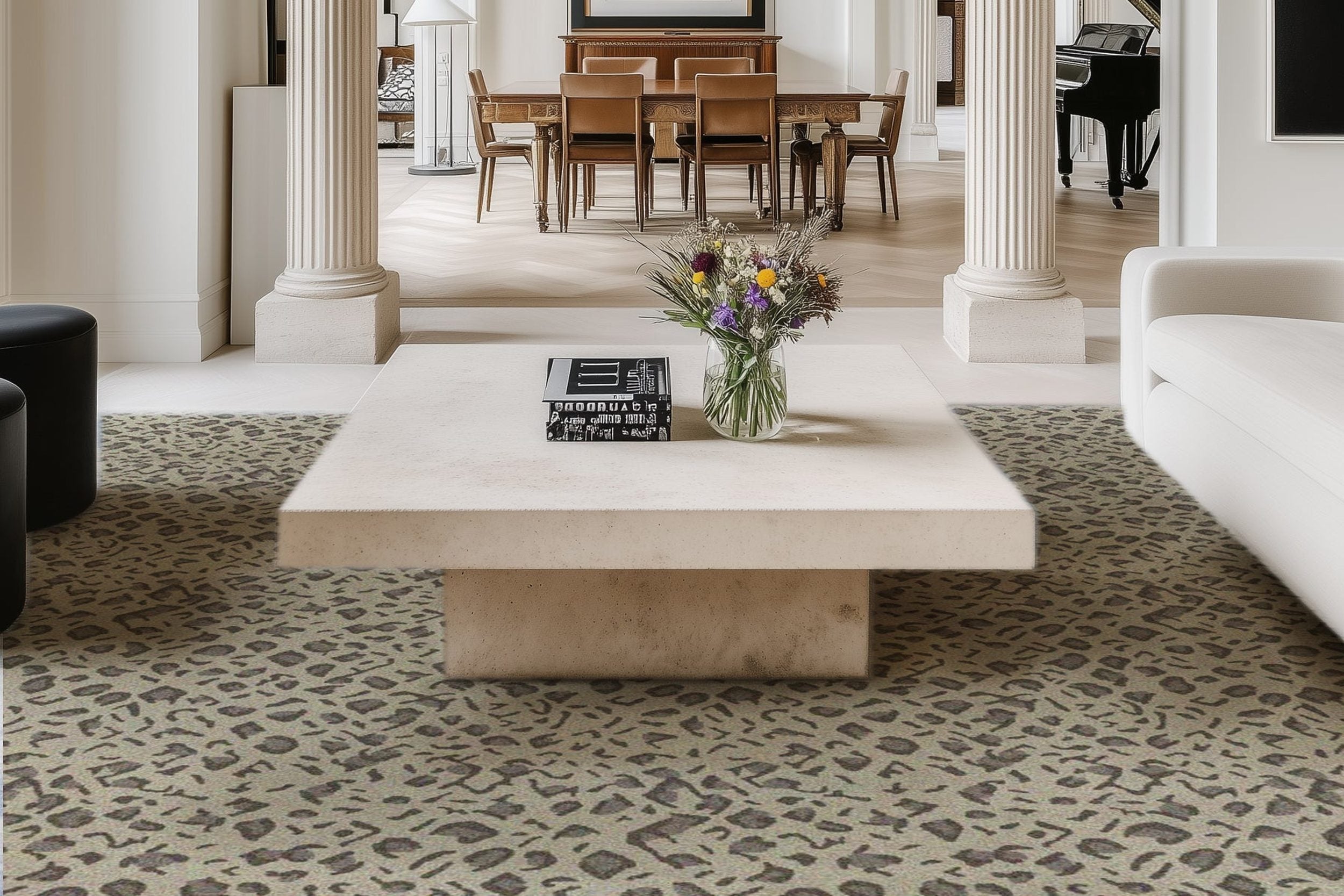Simple Ways To Build Peaceful Moments Every Day

Have you ever experienced how a carefully designed space can instantly brighten your mood and bring a sense of calm? In today’s fast-paced world, carving out moments of tranquility within our homes isn’t just a luxury—it’s essential for our emotional well-being.
Designing for calm goes beyond surface beauty; it’s about creating intentional spaces that foster solitude and connection, supporting our deep need for peace and restoration amid the constant noise of everyday life.
Designing Calm for Everyday Life
Designing for calm begins with paying attention to small transitions in your day—the quiet pause before a task or an intentional setup for a cherished routine. These slow moments become touchpoints of clarity and grounding, prompting a deeper connection to your environment.
Whether setting aside a knitting bag filled with needles and yarn for a creative and relaxing evening, or clearing a surface to sit with a warm drink, these quiet choices invite a steady rhythm into the home. They’re not just habits—they shape how space is felt.
Creating serenity at home doesn’t require an overhaul. Research indicates that stress levels can drop by up to 60% within fifteen minutes of spending time in a thoughtfully arranged environment. These shifts come from subtle yet impactful changes that turn ordinary corners into places of care.
Foundational Elements of Calm-Centered Design
A calm space doesn't rely on minimalism alone. Instead, it thrives on balance—between form and function, beauty and ease. The following elements serve as a starting point:
-
Supportive seating that allows for both quiet solitude and meaningful conversation
-
Touchable textures and natural materials like linen, wool, or wood that foster a sense of grounding
-
Dedicated nooks for restorative tasks such as journaling, reading, or crafting
-
Uncomplicated storage solutions that simplify daily cleanup and reduce visual stress
-
Personally chosen objects—photos, artwork, textiles—that carry emotional value and quiet delight
These elements help transition a home from visually styled to intensely lived-in. When choices reflect your rhythms—practical or personal—you build an atmosphere that gracefully responds to daily needs. The result is a home that offers ease without requiring effort.
|
Use calming scents strategically by placing diffusers or sachets in high-traffic areas, reinforcing relaxation during transitions between activities. |
Infusing Ease Through Everyday Tools and Transitions
Small, intentional pauses can shift the tone of a day. When woven into familiar routines, they turn ordinary moments into opportunities for renewal.
A quiet tea break, a gentle transition between work and rest, or simply reaching for calming essentials ground you in the present and create a layered rhythm within the home.
These transitions work because they fit naturally into daily life. Whether starting the morning or closing the evening, thoughtful placement of everyday comforts—like keeping feminine menstrual wipes nearby or stashing a knit blanket within arm’s reach—helps support personal care without disrupting flow.
These quiet details build a foundation of ease and calm confidence. Consider setting up your home to support these rhythms:
-
Designate comfort stations where they’re most useful
-
Create morning and evening rituals that invite the senses
-
Keep restorative items easily accessible
-
Define distinct zones for work and restoration
Even brief interactions with the natural world—such as stepping outside for a few minutes—have increased mental clarity and supported emotional well-being. Consider adding outdoor light fixtures to balconies, patios, or backyards to make them inviting sanctuaries no matter the time of day.
"It doesn’t take much time for the positive benefits to kick in — we’re talking 10 minutes outside in a space with nature." — Gen Meredith, OTR, DrPH, MPH
When these subtle shifts are repeated over time, they don’t just add calm—they shape environments that feel nourishing and lived-in every day.
The Power of Meaningful Imperfections
The spaces we return to repeatedly are rarely flawless — that's precisely the point. Worn corners, faded fabrics, and visible patinas tell the quiet story of a life well-lived.
These layers offer more than visual charm. They shape how a space feels: familiar, relaxed, and deeply personal, without the pressure of perfection.
Environmental psychology shows that surroundings filled with personal history and time-softened materials help people feel more connected and at ease. People prefer spaces that reflect genuine use and personality over sterile, untouched environments. This lived-in quality fosters a sense of safety and emotional restoration.
These signs of daily life strengthen emotional bonds between people and the spaces they inhabit. Neuroscience also supports this, linking familiarity and texture to reduced stress and increased positive emotions.
How Everyday Imperfections Add Depth at Home
Small moments of wear and collected history create warmth, depth, and authenticity. These details don’t distract from beauty — they ground it.
-
Worn wooden floors: Each scuffed pathway carries the rhythm of daily life and shared memories.
-
Family photos in mismatched frames: Layered imagery and irregular frames evoke generations of connection and belonging.
-
Handmade pieces: Subtle imperfections highlight craftsmanship and uniqueness, steering away from mass-produced sameness.
-
Natural materials that age well: Leather, wood, and brass develop patinas that speak to time, use, and care.
-
Personal collections: Built organically over time, these curated elements create a sense of comfort that rigid design can’t replicate.
Letting go of perfection opens space for authenticity. Rather than hiding traces of use and memory, embrace them. These elements don’t distract from design — they form its quiet foundation. Through small rituals and meaningful imperfections, a house becomes not just seen but felt.
Embracing Flexibility and Change
The spaces we inhabit have a measurable impact on mental and emotional health. Research in environmental psychology and architectural design shows that well-considered environments can reduce stress levels by as much as 30% and increase productivity by up to 15%.
These benefits are mainly present in adaptable, intentionally designed spaces that support calm, flexibility, and a sense of control. When our surroundings align with our needs, they nurture focus, elevate mood, and contribute to long-term well-being.
Here’s how flexible layouts actively contribute to emotional renewal:
-
Moveable furniture: Modular and lightweight furniture create intimate work nooks or cozy reading corners, ideal for concentration and mindfulness.
-
Open, convertible areas: Spaces that shift from calm zones to social hubs effortlessly encourage meaningful interactions and reduce feelings of isolation.
-
Multifunctional zones: Designing rooms to support active and quiet activities provides the flexibility to accommodate exercise, hobbies, or meditation without needing separate dedicated spaces, optimizing comfort and efficiency.
-
Adjustable lighting: Lighting tailored to different moods and tasks is critical in regulating circadian rhythms and emotional states.
Simple adjustments — such as rearranging furniture or changing textiles — can rejuvenate a space and promote comfort. These small changes encourage mindfulness and reinforce our connection to the environment, supporting emotional balance and creative flow.
|
Integrate positive affirmations or calming quotes in visible spots, prompting mindful pauses and uplifting thoughts each day. |
Nature's Influence on Rest and Alertness
Natural elements shape our mental clarity and emotional balance throughout the day. Incorporating greenery into indoor spaces creates a powerful bridge between structured environments and the organic world outside.
Healthcare workers with direct views of nature during their shifts show improved stress management and heightened awareness during daily tasks.
The calming influence of nature extends beyond mere aesthetics. Living plants, flowing water features, and natural light streaming through windows work together to create an atmosphere of tranquility and renewal.
These elements spark a deep-seated biological response, helping to regulate our stress levels and maintain healthy circadian rhythms.
Below are focused strategies to begin layering nature’s influence into your home.
-
Place seating or workspaces near windows to track shifting daylight
-
Use indoor plants to clean the air and soften visual lines
-
Choose natural textures like stone, wood, or woven fibers
-
Include artwork with botanical or landscape themes
-
Add ambient sound with water features or wind chimes
These small additions offer pace and pause — anchoring routines and subtly shifting how we experience each corner of our space.
Embracing Mindful Spaces
The art of creating calming spaces is not merely about aesthetics but about cultivating environments that naturally inspire moments of peace and presence in our daily lives.
We can transform our living spaces into sanctuaries that support rest and productivity through the thoughtful arrangement of natural elements, personal touches, and flexible layouts.
Whether incorporating cherished mementos, adding touches of nature, or simply allowing room for meaningful imperfections, these intentional choices create powerful opportunities for restoration and genuine connection in our spaces.
Browse by Category

Design Projects
Explore interiors from client work and personal renovations — layered, livable, and always in progress.
read more →
Collaborations
From product launches to styled spaces, discover the brand stories I’ve helped bring to life.
read more →
The Notebook
A growing archive of iconic designers, inspiring artists, and unforgettable design moments.
read more →
Travel by Design
Wander with a designer’s eye — from charming hotels and city guides to visual inspiration abroad.
read more →




